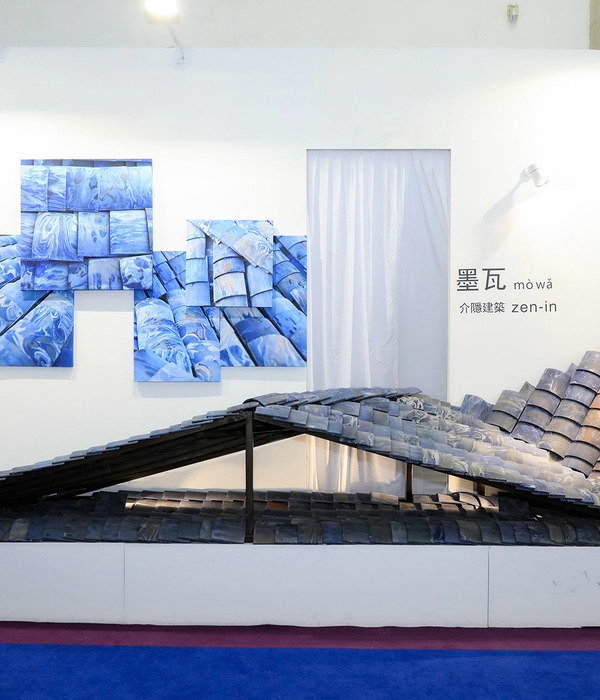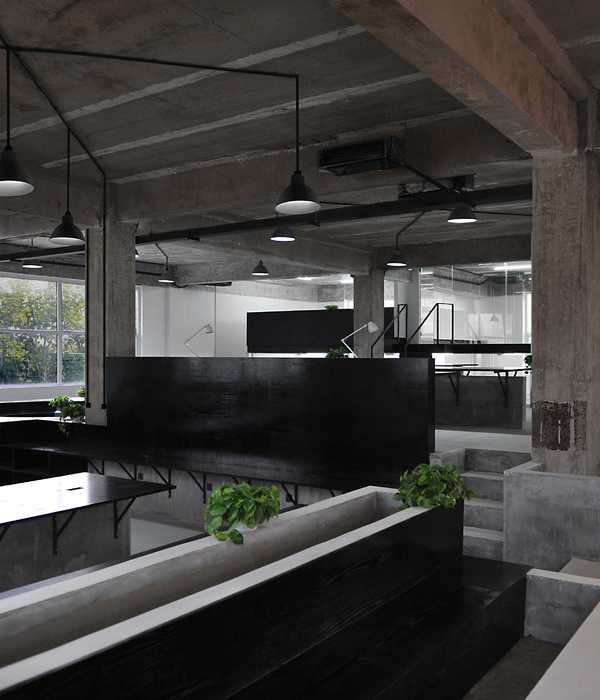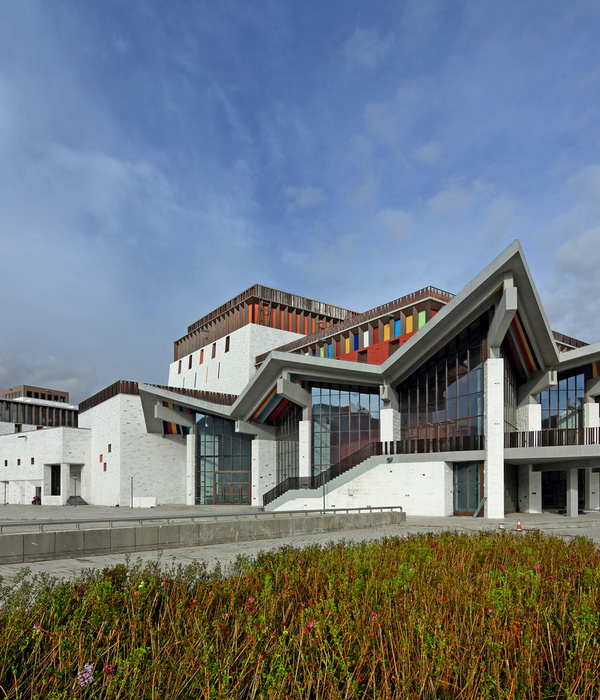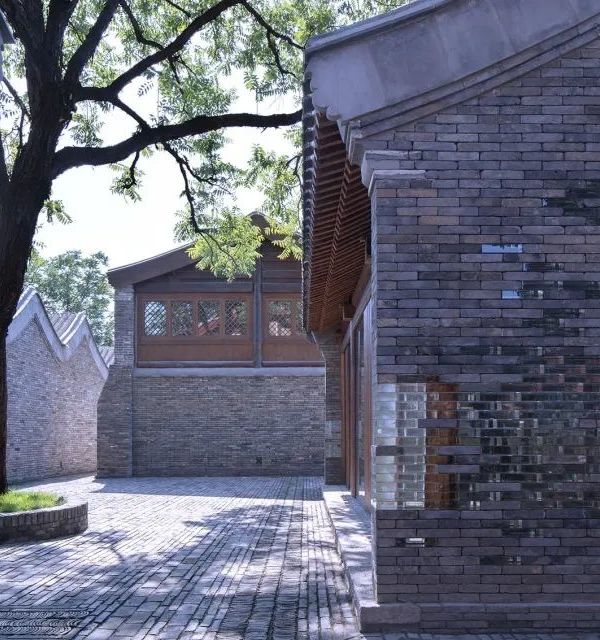Athletic Club of Bilbao is one of the big clubs in European football and its previous stadium, over a hundred years old, was one of the legendary ones, popularly referred to as the cathedral of football.
Located practically in the same place as the existing one, the new stadium overlaps with the old San Mames. This fact forced its construction to be carried out in two phases in such a way that it prevented the team from having to play away.
One of the main challenges in the design of the New San Mames was maintaining the intense and magical football atmosphere of the old Cathedral. This effect has not only been sustained but increased, thoroughly satisfying the demands of one of the best fan bases in the world.
The location of the new stadium, at the end of the urban mesh of the expansion district of Bilbao, peeping over the estuary with privilege, turns the building into a piece of architecture that must be introduced categorically and with force, but at the same time, respecting the rest of the buildings that make up that area of the city. From this reflection comes one of the first aspects borne in mind for its design. That is, the perception of the erected construction as an urban building, in relation to the others and not just as simple sports facilities.
It was intended for those stadium areas that are traditionally worthless to become valuable. These are located between the stadium’s perimeter and the rear part of the stands and constitute the circulation areas through which you can access and exit the stands, which are, after all, the main part of the whole football stadium. In order to give these areas an added value, the strategy of the project consisted of, not only giving them spatial features, but also making sure that they had a very intense connection with the city and the surroundings. For this purpose, a basic element that will surely give character to the New San Mames stadium is put into play on the façade. This is, the repetition of a twisted ETFE element, giving the elevation energy and unity. This element will be illuminated at night, thus creating an urban landmark over the estuary, projecting a new image of Bilbao from within, thanks to one of the most advanced dynamic lighting systems in the world. The roof, formed by powerful radial metal trusses orientated towards the centre of the pitch, is covered with white ETFE cushions, covering the entire stands. The set-up of the stands is totally focused on the field, maximizing the pressure that the fans exert on the game, just like in the old San Mames, known the world over for being like a pressure cooker where the public would be on top of the players.
The stadium has ample hospitality areas, with VIP boxes, premium seating and its leisure and meeting areas, restaurants, cafes, the Club’s Museum, the Official Shop and areas for meetings, as well as a sports centre open to the general public under one of its stands. Its capacity will exceed 53,000 spectators.
(César Azcárate - Idom/ACXT Architect)
- Capacity: 53,500 spectators
- Hospitality seats: 3,000
- Sky boxes: up to 100
- Club’s museum and official shop
- Restaurants and cafes
- Meeting areas
- Sports centre and swimming pool
- High performance centre
El Athletic Club de Bilbao es uno de los grandes clubes del fútbol europeo, y su anterior estadio con más de 100 años de antigüedad, fue uno de los míticos, conocido popularmente como “la catedral del fútbol”.
Situado prácticamente en el mismo lugar que el existente, el nuevo “pisa” con su planta el viejo San Mames, lo que ha obligado a realizar su construcción en dos fases, de tal manera que permita al equipo no tener que disputar partidos fuera de casa.
Uno de los retos principales en el diseño del Nuevo San Mames ha sido mantener la atmósfera mágica e intensa de fútbol de la vieja “catedral”. Este efecto, no solo se ha mantenido sino que se ha superado, satisfaciendo ampliamente las exigencias de una de las mejores aficiones del mundo.
La ubicación del nuevo estadio como final de la trama urbana del Ensanche de Bilbao asomándose de manera privilegiada sobre la Ría, convierten al edificio en una pieza arquitectónica que debe manifestarse con fuerza y rotundidad pero a la vez con respeto hacia el resto de las edificaciones que completan esa zona de la ciudad. De esta reflexión surge uno de los primeros aspectos tenido en cuenta en su diseño, como es la concepción del volumen construido como edificio urbano, en relación con los demás y no como una mera instalación deportiva.
Se ha pretendido también dotar de valor a aquellos lugares de los estadios que tradicionalmente no lo tienen, estos son los lugares entre el perímetro del estadio y la parte trasera del graderío que constituyen los espacios de circulación por donde se accede y regresa del graderío que a fin de cuentas es el lugar principal de todo el campo de fútbol. Para conseguir dar un valor añadido a estos espacios, la estrategia de proyecto consiste no solo en aportar cualidades espaciales a los mismos, sino también que esos lugares tengan una relación muy intensa con la ciudad y el entorno. Para ello, aparece como uno de los elementos fundamentales y que singularizarán sin duda el Nuevo San Mamés, el tratamiento de la fachada, utilizando la repetición de un elemento de ETFE torsionado, que configura dinamismo y unidad. Este elemento estará iluminado durante la noche, creando un hito urbano sobre la Ría que proyectará una nueva imagen de Bilbao hacia el exterior, mediante uno de los sistemas de iluminación dinámica más avanzados del mundo. La cubierta, formada por potentes cerchas metálicas radiales orientadas hacia el centro del terreno de juego, se cubre con cojines de ETFE blanco, cubriendo la totalidad del graderío. La configuración de las gradas está absolutamente volcada hacia el césped, haciendo que la presión de los espectadores sobre el juego sea máxima, recordando al viejo San Mames, conocido en el mundo entero por ser una gran olla a presión donde el público se echa encima de los jugadores.
El estadio dispone de amplias zonas para hospitality, con palcos vip, localidades premiun y sus zonas de ocio y reunión, restaurantes, cafeterías, Museo del Club, Tienda Oficial, zonas de reuniones, además de un polideportivo de uso continuado para la ciudad bajo una de sus gradas. Tendrá una capacidad para más de 53.000 espectadores.
(César Azcárate - Arquitecto Idom/ACXT)
Características principales del estadio
- capacidad: 53.500 espectadores
- localidades hospitality: 3.000
- Sky boxes: hasta 100
- Museo y tienda oficial del Club
- Restaurantes y cafeterías
- Zonas de reuniones
- Polideportivo y piscina
- Centro de alto rendimiento
{{item.text_origin}}












